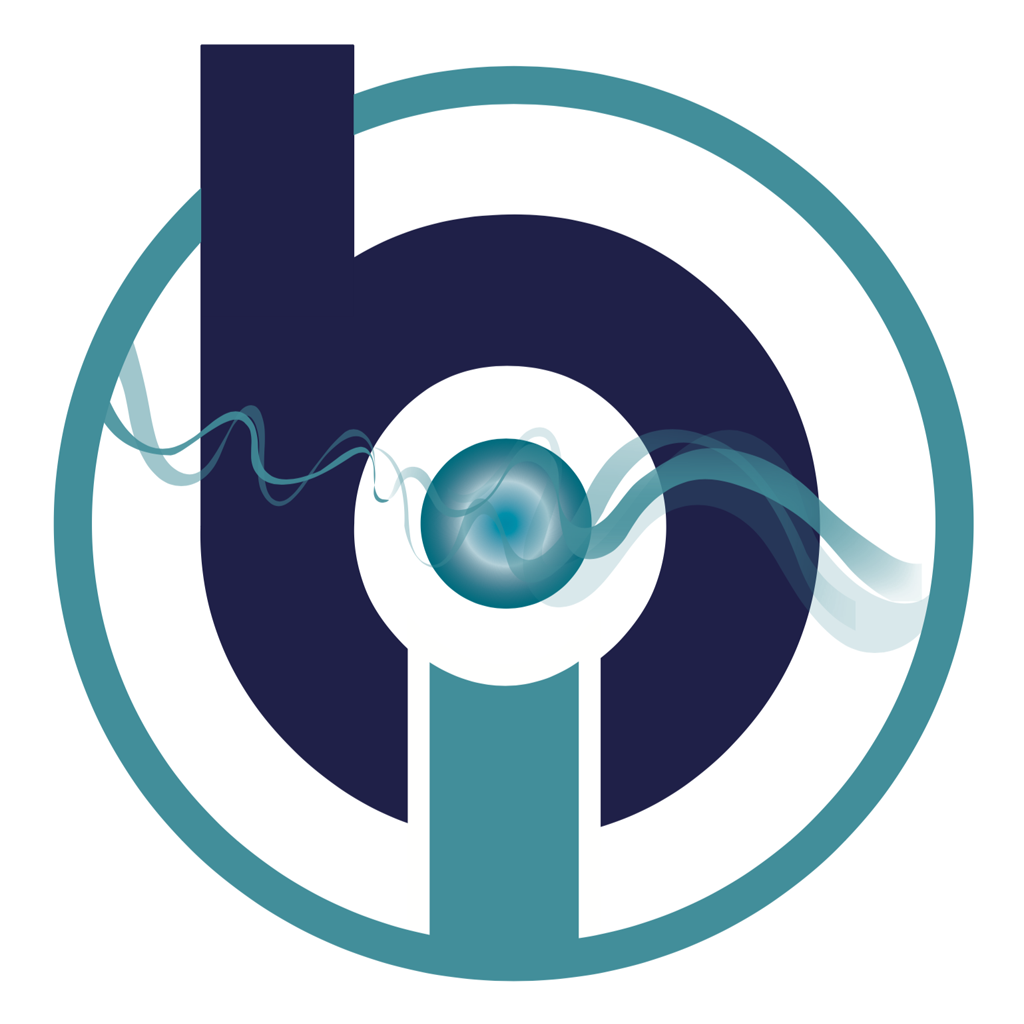The spine is an integral part of our skeletal system. Our spinal cord consists of 33 individual segments that form a column, serving to support our upper half. It is the main support of the skeleton and allows us to move, bend, and stay upright. But with spinal deformities, how can a person perform the simplest of tasks such as walking or standing?
A new type of treatment called bioresonance therapy may be an addition to possible therapies for people with spinal deformities. In this article, we will find out whether a spinal deformity can be corrected by bioresonance therapy, and if it is effective in doing so.
What is spinal deformity?
Spinal deformity is a pretty vague term since there are various kinds of problems with the spine. Basically, a deformity in our spinal cord occurs when there is an abnormal curvature or when there is damage to the spine. There are several types of spinal deformity caused by abnormal curvatures, which are:
Scoliosis
Perhaps the most common spinal column curvature, scoliosis causes a side to side deformity on the spinal cord. People from all ages can be affected by it (from infants to adults), but it causes basically similar problems for all such as difficulty in posture, imbalance, breathing difficulty, cosmetic problems, and developmental problems.
Kyphosis
Another type of abnormal curvature is kyphosis which is called the front to back curvature. In this type of spinal deformity, the spine is moved forward which causes the person to be unable to stand up straight, walk properly, or carry body weight easily. Kyphosis also causes pain and imbalance in many patients.
Under kyphosis, there is a condition called to ‘chest to chin’ syndrome (also known as the dropped head syndrome or head ptosis) wherein the curvature is severe, to the point that the chin is already touching the chest.
Hyperlordosis
When the lower spinal cord curves inward too much, it is called hyperlordosis. Compared to other abnormal curvatures, it is quite rare.
Flatback syndrome
The flatback syndrome occurs when there is an absence of the normal lordosis of the spine.
Causes of these deviations from the normal spine shape can be congenital, degenerative, idiopathic, or an effect of other comorbidities or disease processes.
What are the signs and symptoms of spinal deformity?
Spinal deformity can be diagnosed through analysis of signs and symptoms. Signs of spinal deformity can include an abnormal gait, posture, and appearance of the back. People with spinal deformity can also have uneven hips, uneven shoulders, or have an off-centered head as an effect of the abnormal curvature.
On the other hand, symptoms of spinal deformity can be a pain (ranging from mild to severe) most especially in degenerative scoliosis. Other symptoms can be weakness, numbness, or a tingling feeling which are effects of the abnormal placement of spinal cord nerves.
A medical professional can diagnose spinal deformity through physical examination, bending tests, a scoliometer, and X-rays. Sometimes, an MRI or a CT scan is also needed. It is important that children who are suspected to have spinal deformities be examined by a doctor early on. This is to implement ways that can correct the deformity before it becomes severe.
Bioresonance and spinal deformity
The conventional therapy for spinal deformities usually includes bracing and physical therapy. Bracing is done to correct and support the spine in the proper position. On the other hand, physical therapy is used to help patients stand and move properly through building muscle, exercise, and weight maintenance.
In some cases, surgery is needed in order to correct spinal deformities. This method is used for patients who are always in considerable pain and have neurological symptoms or osteoporosis in relation to the spinal deformity. Surgery is also an important option for people who have progressing spinal deformities.
Aside from conventional therapies that are already proven and tested, bioresonance is now being considered as a treatment for spinal deformities. In the 58th International BICOM® Bioresonance Congress that was held in Fulda, Germany, one of the participants reportedly corrects spinal deformities using bioresonance therapy.
Conclusion
Spinal deformities affect 2.5 to 25% population— it’s more common than you think. Moreover, it is becoming a more common disorder in older adults who are aged 55-64 years old. Spinal deformities cause pain, discomfort, and generally affect a person’s quality of life. Obviously, treatments and methods are imperative for sufferers of this condition.
The effect of bioresonance therapy on spinal patients remains unclear, but it is currently being tested out as a form of treatment. Certainly, this non-invasive and rapid method of treatment should be considered especially for those who suffer from spinal deformities.


